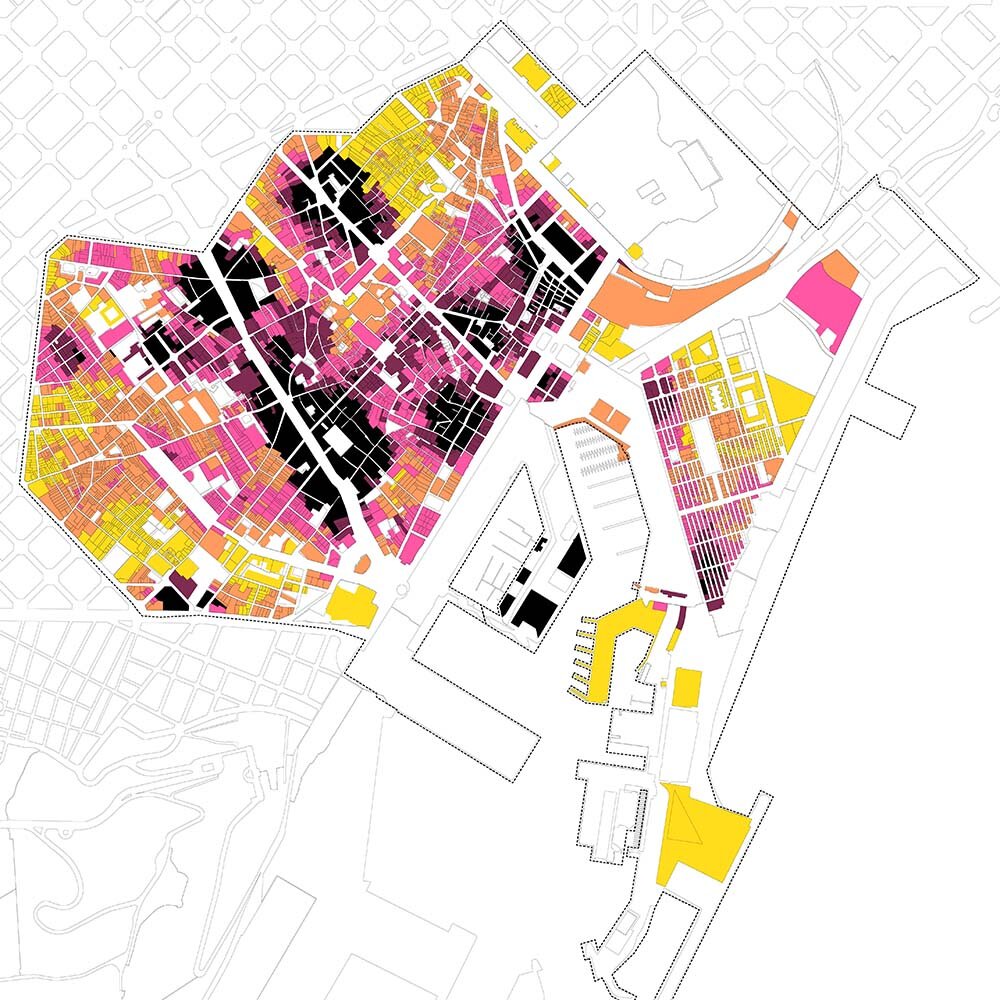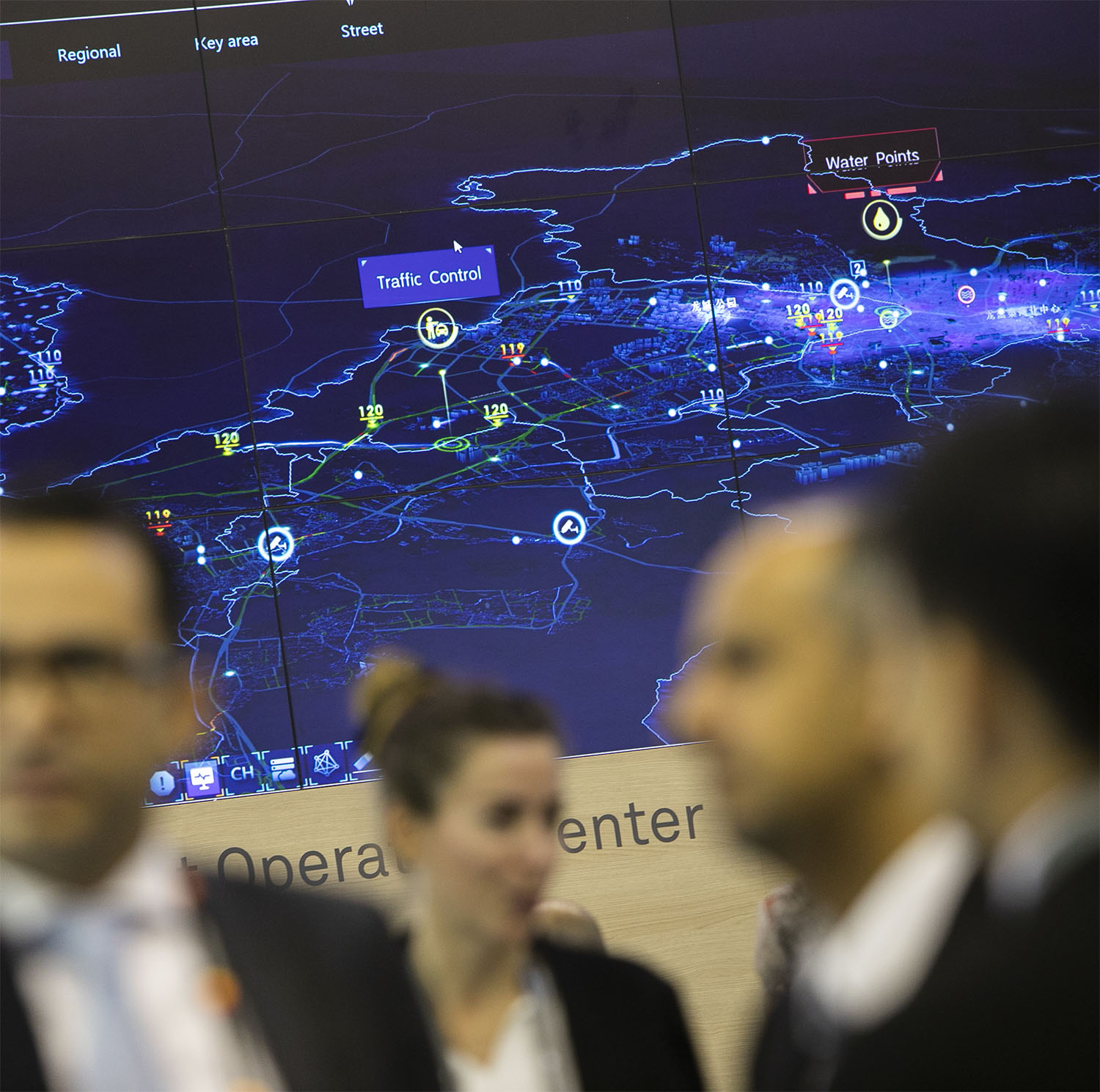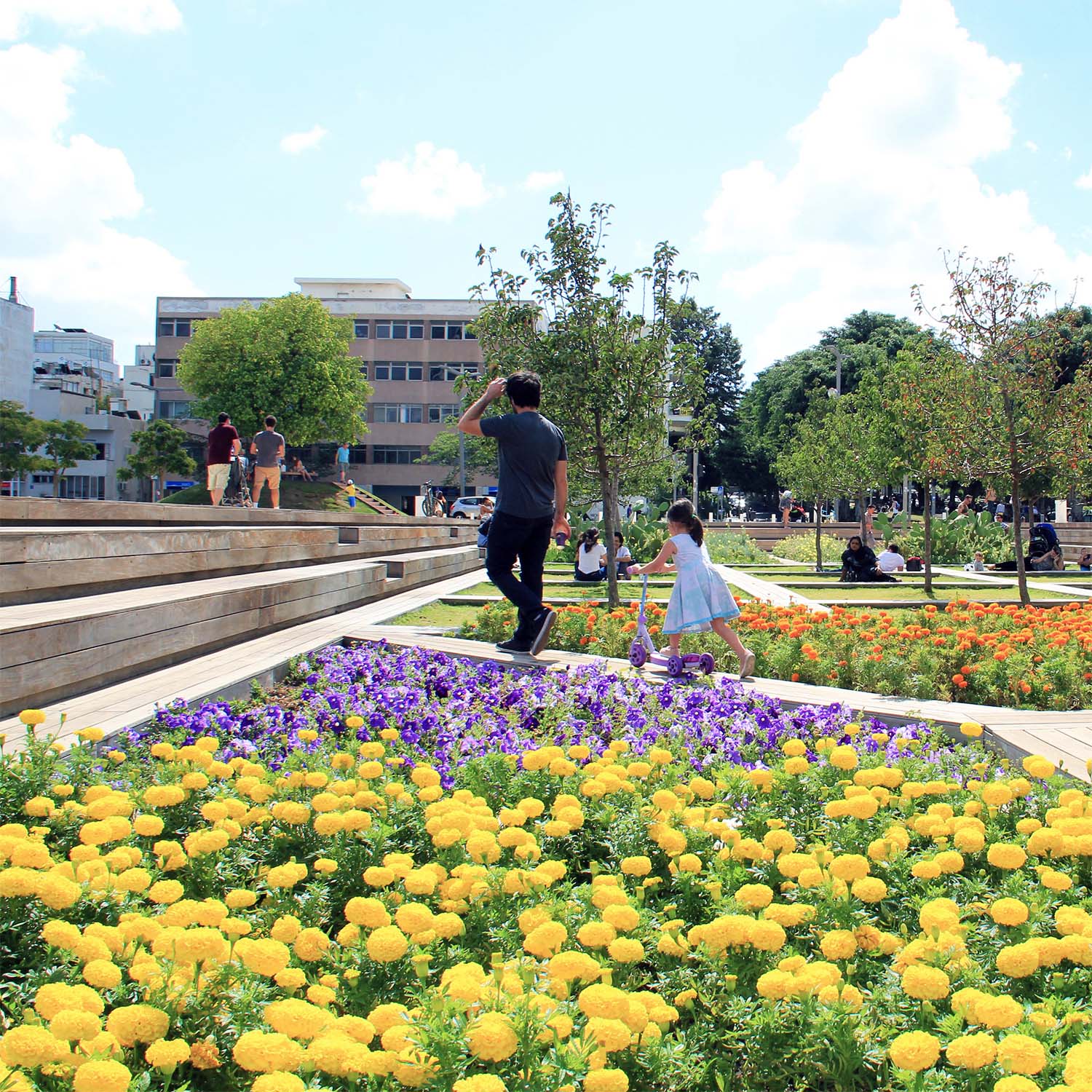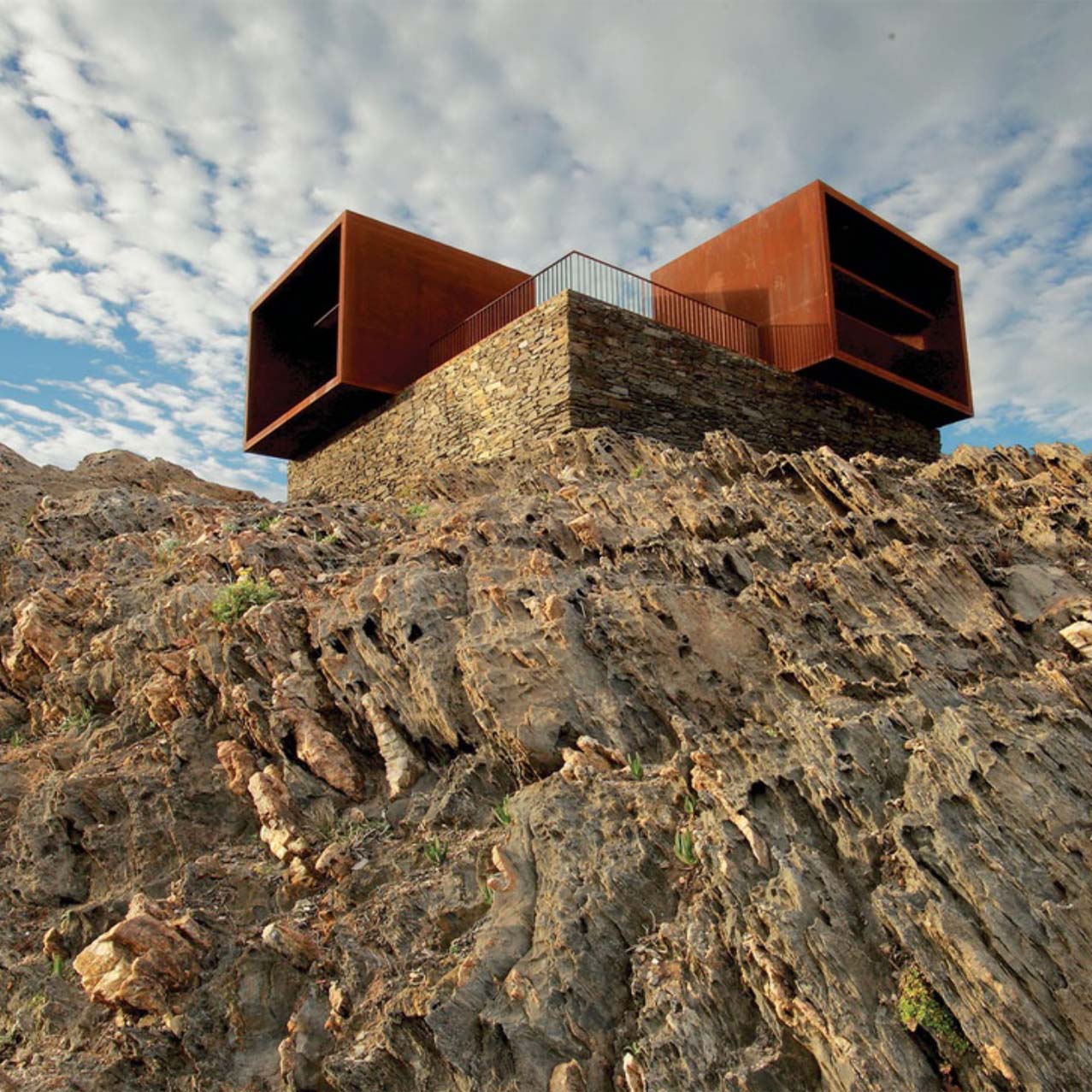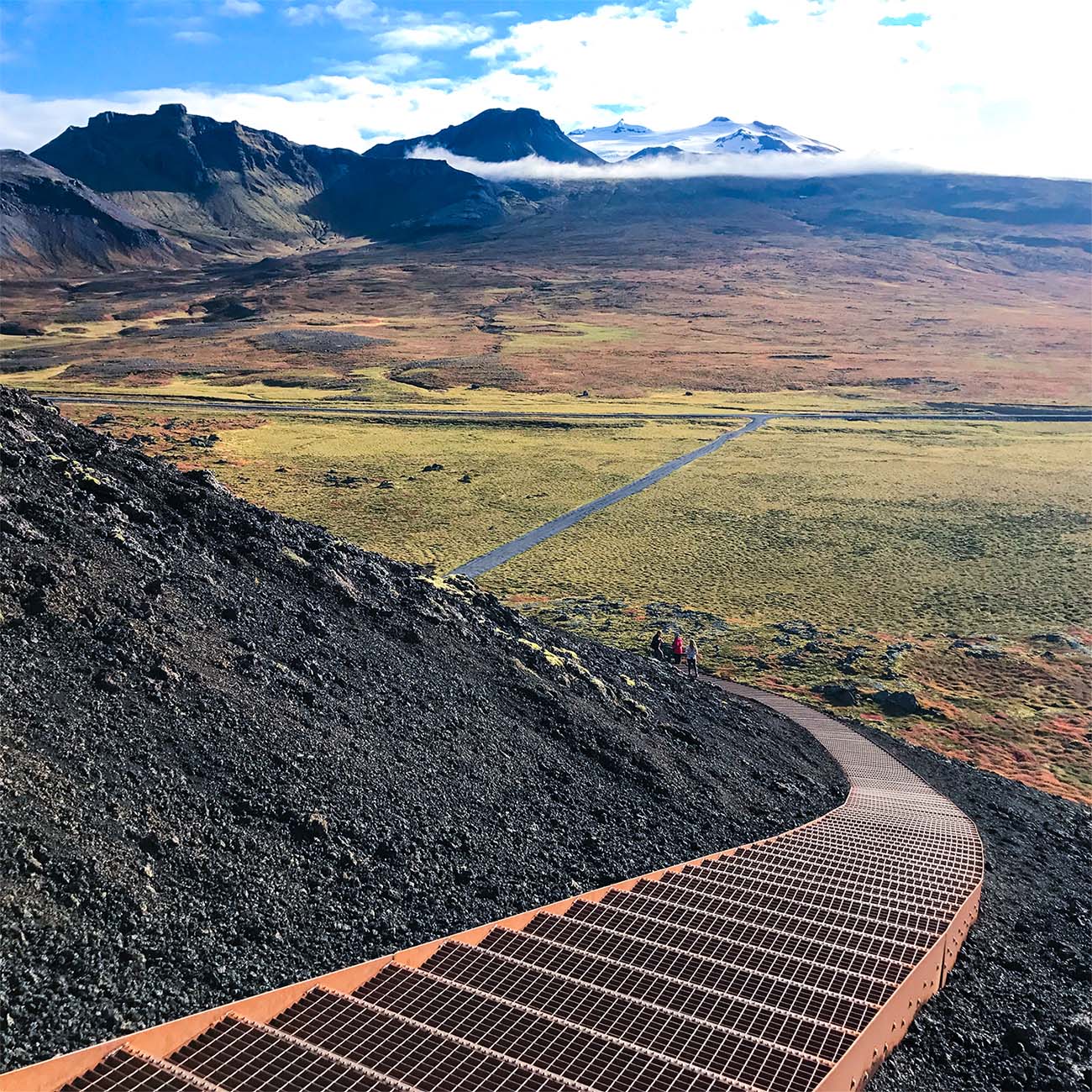A change in paradigm – data science and the city: Smart City Expo World Congress 2019
Article published by Landscape Australia
The processing and interpretation of large amounts of information can enable a much more detailed analysis and representation of the complexity of urban spaces, which in turn allows for a scientific approach to site analysis and the monitoring of urban design interventions.
Melbourne's Urban Forest Strategy
Printed Publication
Topos Magazine, Edition 103 Trees
The City of Melbourne’s Urban Forest Strategy comprises a management and adaptation plan aimed at increasing the public realm canopy cover to 40 percent by 2040. Based on a multi-disciplinary approach and involving stakeholders across different scales, the strategy goes beyond planting trees by addressing future social and climate change.
Changing landscapes: The design of cities in the age of digital transformation
Article for Landscape Australia
Although recent years have seen a broader approach to tackling environmental and societal issues, how will the smart city take on challenges such as rapid urbanization, population growth, growing inequality, climate change adaptation and infrastructure needs? And how will smart city technologies and governance affect the way we design our cities?
The Non-Gesture Project - Recovery of the Thermal Orchards in Caldes de Montbui
Printed Publication
Topos Magazine, Edition 97 Transformation
At the edge of the small town Caldes de Montbui in northern Spain lie orchards that receive water through an old Roman irrigation system. In disrepair for decades, the system has now been rebuilt in a collaboration between architects and users and opened to the public.
A Visit to Habima Square in Tel Aviv
Blog Entry for Topos Magazine
Israeli artist Dani Karavan has redesigned Habima Square in Tel Aviv. Located in the heart of the UNESCO world heritage listed White City known for its innovative early 20th century town planning and Modern Movement architecture, the site had long been in decline and been turned into a parking lot. The refurbishment has injected new public life into the square and the surrounding boulevards.
Design, Disaster and Development Research Forum
Report for RMIT University
This report outlines the key takeaways from the Design, Disaster & Development Research Forum at RMIT Europe in Barcelona, which gathered prominent European scholars in the field of emergency architecture to discuss things like practical experience, teaching and research in areas including disaster risk reduction, mass immigration, city resilience and recovery processes in both industrialized and developing countries.
Rethinking Public Space
Blog Entry for Architecture Australia
The productive and social aspects of creating resilient cities and public spaces are emerging as the most exciting parts of the debate about our future landscapes, a side that is often disregarded in recent discussions about sustainability.
Image: Tahrir Square by Mohamed Elshahed
Biennial against biennial: A profession in crisis?
Blog Entry for Architecture Australia
The Landscape Architecture Biennial highlighted the balancing act between a clear definition of the profession and the value of being one of the few remaining generalist professions. More than ever, holistic expertise is required, as design needs to be “undisciplined.” There is an urgent need for our profession to pioneer into the area of infrastructure and other realms, and move outside the usual occupation of landscape architecture.
10th International Biennial of Landscape Architecture of Barcelona: Performative Nature
Landscape Architecture Australia, Issue 161, February 2019
Celebrating its tenth edition in 2018, the organizers wanted to explore how we, as designers, might redefine conceptions of beauty in the construction of emotionally performative landscapes that respond with imagination to climate change, the retreat of democracy and growing social injustice.
Image: Courtesy Landslag ehf

